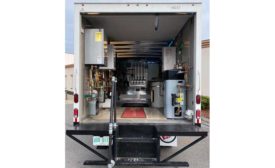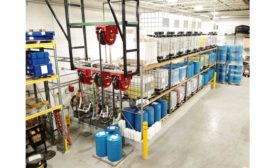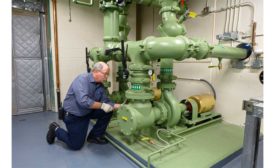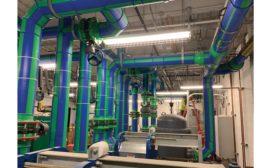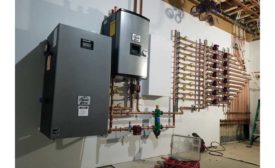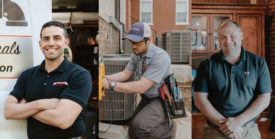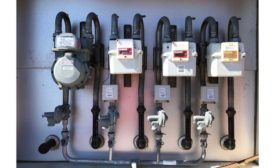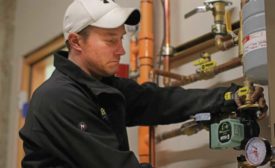Home » Keywords: » hydronics training
Items Tagged with 'hydronics training'
ARTICLES
The Do’s and Don’ts of Hydronic System Glycol
Information to help technicians protect, optimize hydronic HVAC systems
Read More
What Causes Hydronic Pump Failure?
Manufacturers explain maintenance, assessment procedures
Read More
Understanding Pipe Options in Radiant Floor Heating
Age-old mystery asks, “Which one is warmer?”
Read More
Piping Practices Advance Hydronic Installations
Materials, technology making changes in the industry
Read More
Viega Announces Winter Training Schedule
Classes to be held in Colorado and New Hampshire
December 6, 2019
Tips, Maintenance, and the Future of Boiler Technology
Manufacturers provide inside look at best practices and trends
Read More
Contractors Explain How Hydronics Solutions Meet Customers' Needs
Offers unique way for comfortable residential and commercial heating
Read More
Heat Metering Makes Centralized Hydronic Heat a Viable Option
Technology, standards, and training usher in hydronic “golden era”
Read More
HVAC Contractors Tackle the Top Five Challenges With Hydronic or Radiant Heat
Industry experts share their struggles and successes
Read More
EVENTS
Training Track
4/10/14
Westin Portland Harborview Hotel
157 High St.
Portland, Maine
Hydronics for High Efficiency Wood-fired and Pellet-fired Boilers
Copyright ©2024. All Rights Reserved BNP Media.
Design, CMS, Hosting & Web Development :: ePublishing
